Calamondin Orange Tree
Description
Characteristics of Calamondin Orange Trees
Most often grown as a beautiful ornamental, the Calamondin Orange Tree, sometimes known as Calamonsi or Miniature Orange, also produces edible fruit. It is a cross between mandarin orange and kumquat, and it is originally from China. It has been grown in Florida since the early 1900’s and has been a popular potted plant for decades. This fruit tree is also known for being used for bonsai.
This is the perfect plant to accent your patio or sunroom—with the bonus of citrus fruit. Enjoy attractive green leaves, beautiful white blossoms, and orange-scented flowers. The Calamondin oranges are a vibrant yellow orange, and the tree can produce fruit year-round. Potted Calamondin trees should be brought indoors during winter months.
The Fruit
Calamondin oranges look like small oranges. They are slightly sour, making them more like limes and lemons in taste and use. The peels are edible, and the fruit is often eaten whole. Calamondin oranges contain fiber, potassium, vitamin C, and vitamin A.
The orange fruit is prized in marmalades. Bakers enjoy using Calamondin oranges in recipes to replace lemons or limes, such as bars, tarts, and cookies.
Growing Calamondin Orange Trees
Grown in the ground, these citrus trees can reach six to ten feet tall. In a garden pot, the tree’s height will be reduced by the size of the pot. This is a self-pollinating variety, so outdoor trees will produce fruit by natural means. Indoor trees can be pollinated by hand using a small paintbrush.
These citrus trees require moist, but not wet, soil, and should be watered deeply, but not frequently. See below for information on the tree’s characteristics and plant care.
Calamondin oranges are not commonly grown commercially, so you will not likely find them in your local grocery store. Buy a Calamondin orange tree and enjoy this beautiful plant and unique fruit!
Survival Guaranteed!


Since 1816, Stark Bro’s has promised to provide customers with the very best fruit trees and plants. It’s just that simple. If your trees or plants do not survive, please let us know within one year of delivery. We will send you a free one-time replacement, with a nominal shipping fee of $9.99. If the item in question is not available, we can issue a one-time credit to your account equaling the original product purchase price or issue you a refund. Read more about our warranty policy.
Characteristics
| Bloom Color | White |
| Fruit Color | Orange |
| Fruit Size | Small - Medium |
| Hardiness Zone Range | 2 - 11, Outdoor Planting: 8 - 11 |
| Pollination | Self-Pollinating |
| Shade/Sun | Partial Shade - Full Sun |
| Soil Composition | Loamy |
| Soil Moisture | Well Drained |
| Soil pH Level | 6.0 - 7.5 |
| Taste | Sweet, Tart |
| Texture | Juicy |
| Years to Bear | 1 - 2 |
Size & Spacing
Mature Size
Recommended Spacing
Zone Compatibility
Pollination
This variety is self pollinating.
Tools & Supplies
Planting & Care
Learn all about how to grow citrus trees in The Growing Guide. An entire section of our website dedicated to your growing success.
Shipping Information
Arrives when it's time to plant
Questions & Answers
It is grafted
They're not grafted, but they are grown from rooted cuttings (not grown from seed).
They are budded/grafted onto a rootstock, yes.
You are within the expected lower range of its growing zone (8) and would probably be safe unless you end up with a harsh winter. To be in the safe side I would not planting anything outside that is less than zone 7b hardy to ensure successful overwintering of your plants. That being said, You could probably get away with it if you added some winter protective measures for this tree in your zone.
Big as you can. Put on something with wheels if too big to move yourself. If your growing a tree in a container you won’t be constantly transplanting it so use the biggest you have the space for and can move. You can prune roots every few years as needed to keep the tree healthy in the pot. If your growing in your home Only use indoor potting soil. And any amendments should be free of pests or anything you don’t want in your house.
We appreciate you reaching out to us. These well roots plants ship approximately 6-12 inches tall.
If you have any further questions please don't hesitate to reach back out to us. Have a great day!
Yes it can. It is somewhat bitter though in my opinion. I use them instead of lime in gin and tonics.
This tree arrives in a 4" pot. If you purchase the Calamondin Orange Potted Kit, you will receive a larger 10" pot and matching saucer. ://www.starkbros.com/products/fruit-trees/citrus-trees/tangerine-potted-kit
The one I got from Stark already had a few green fruits on it when it arrived. it has continued to produce fruit over the last couple of years in increasing amounts.
Echoing the earlier comment, I understand the calamondin/calamansi thrives best out of doors. It’s a tropical plant. We are in CT and only bring ours indoors when temperatures drop in late fall. Indoors we see that it is positioned at floor to ceiling windows where it gets plenty of light. It has not needed any special care and will yield fruit pretty continuously though not more than 5 or 6 at any given time.

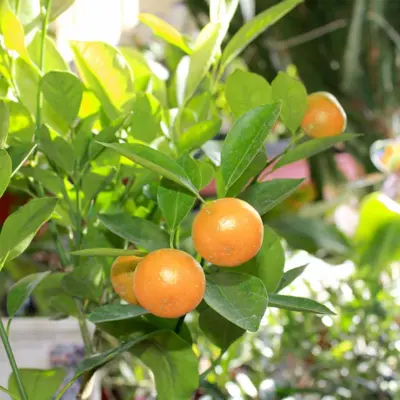
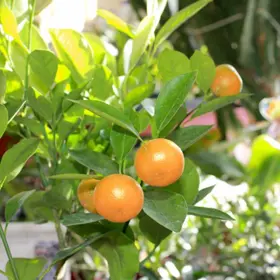
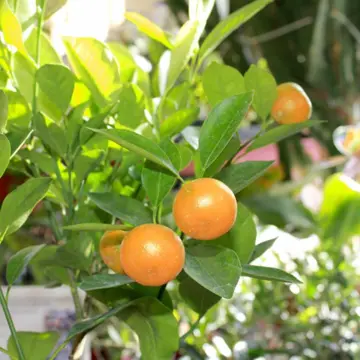
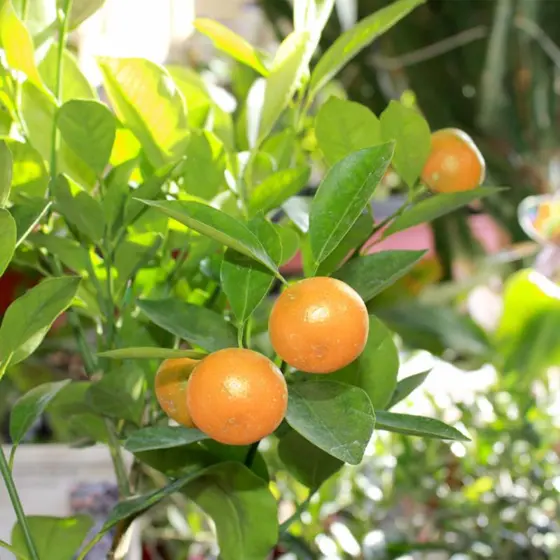
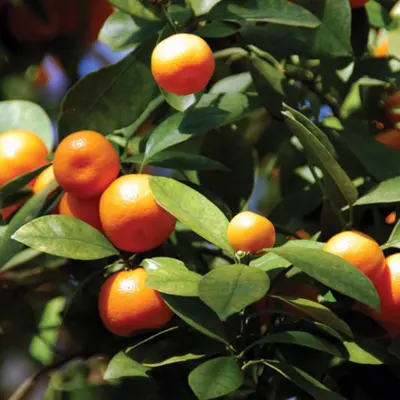
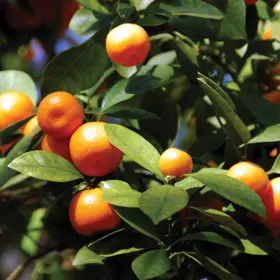
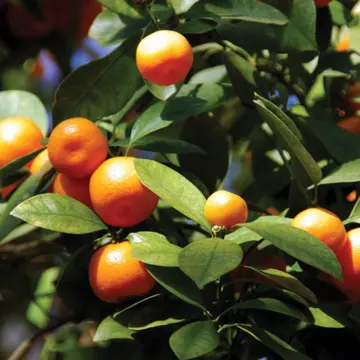
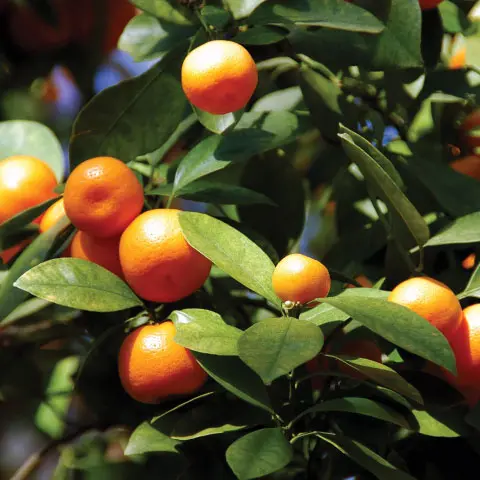
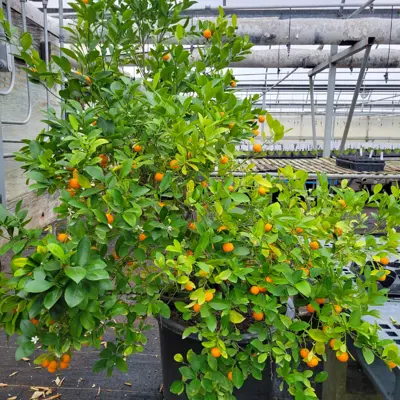
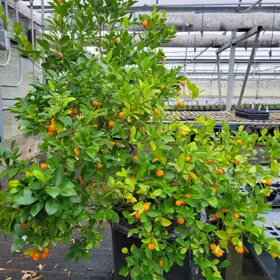
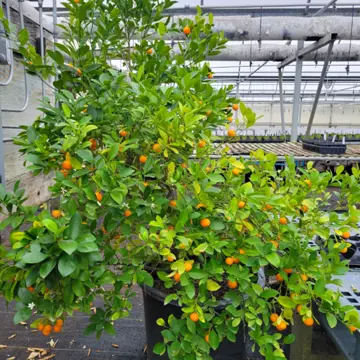
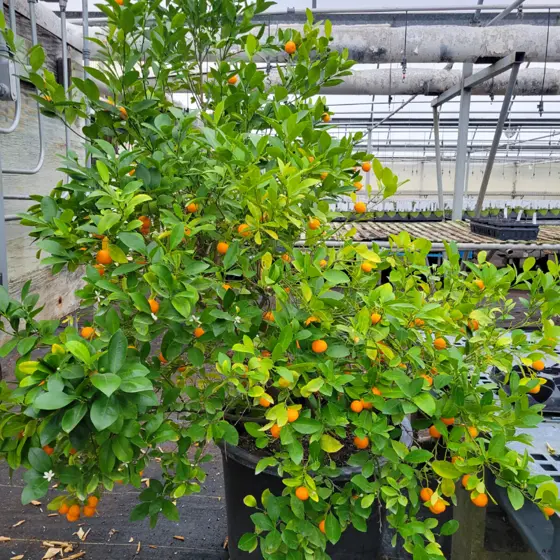
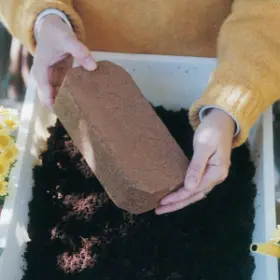
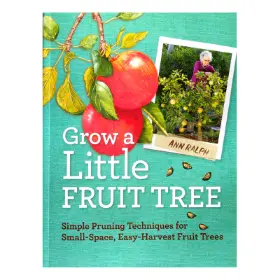
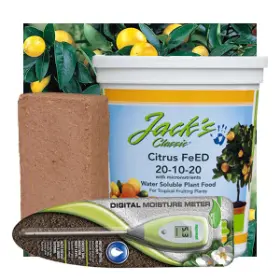
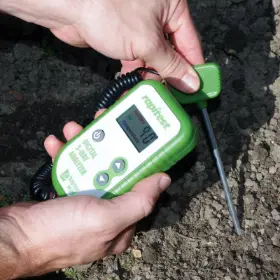
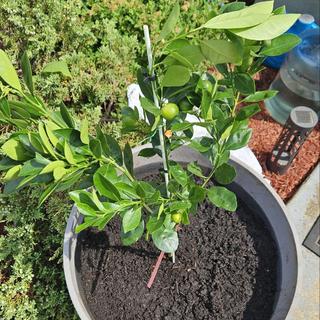
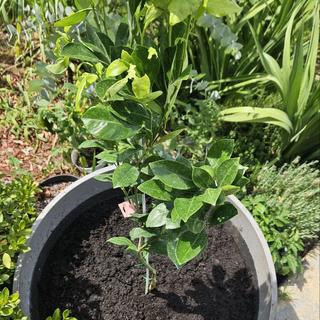
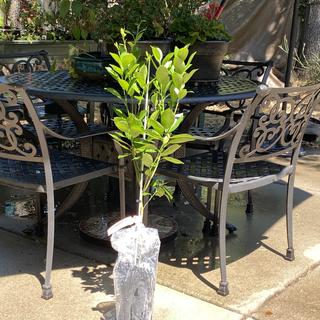
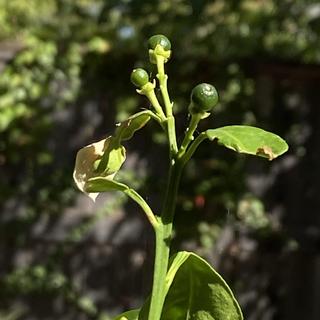
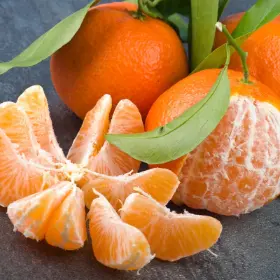
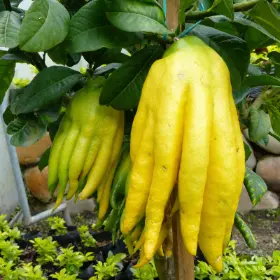
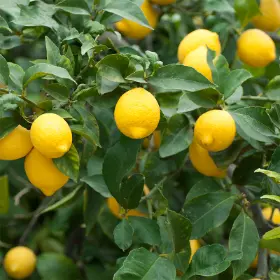
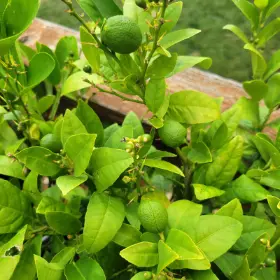
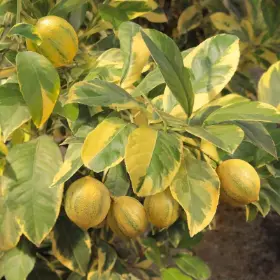
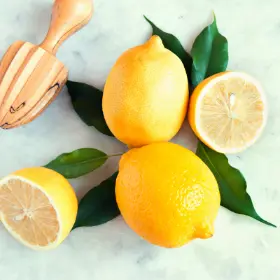
I love Calamondin plant and can’t resist the discounted price I got.
Because my wife wanted it and she is the boss!
This looked like the best small citrus for my small greenhouse and I love sour
Unsuccessful growing limes. This seems a good alternative and a good container plant that also produces useful fruit